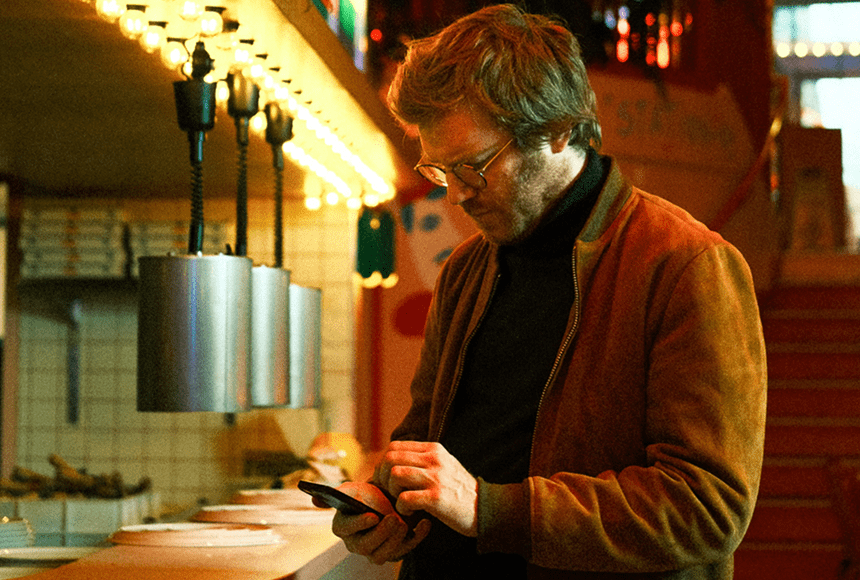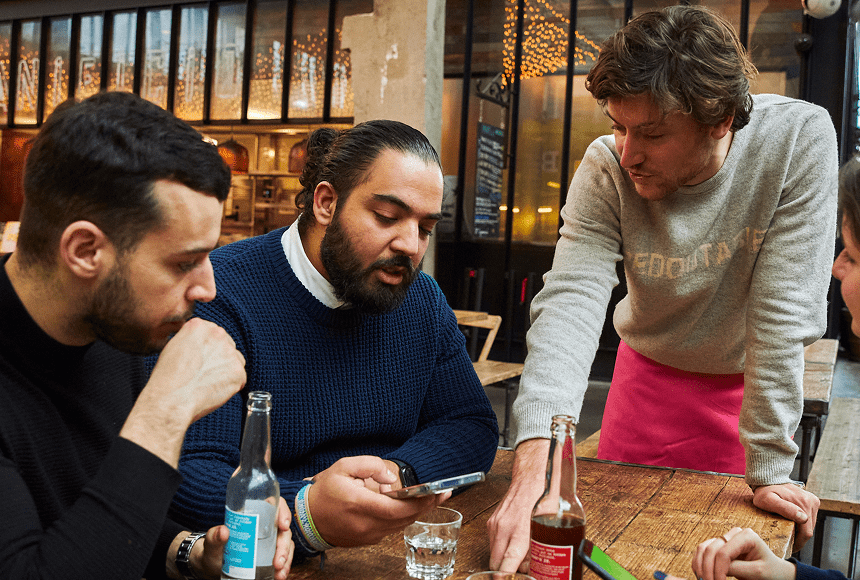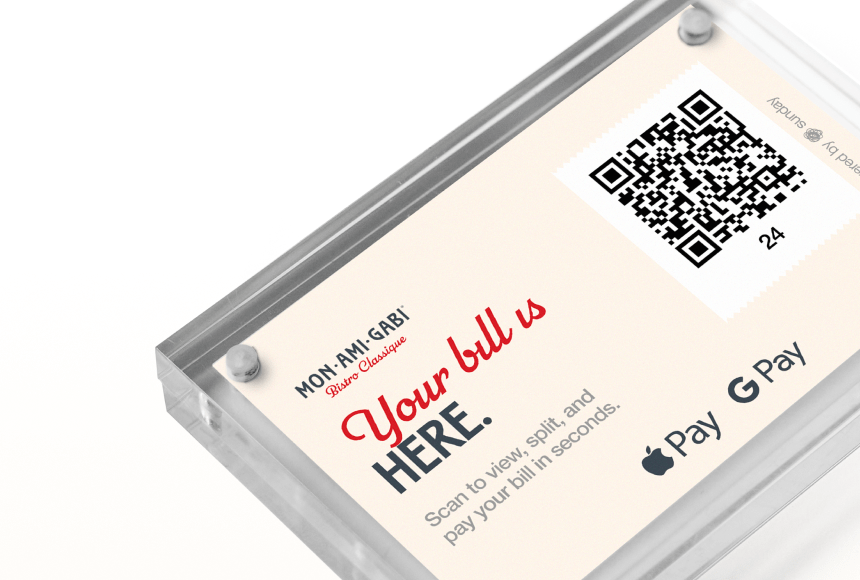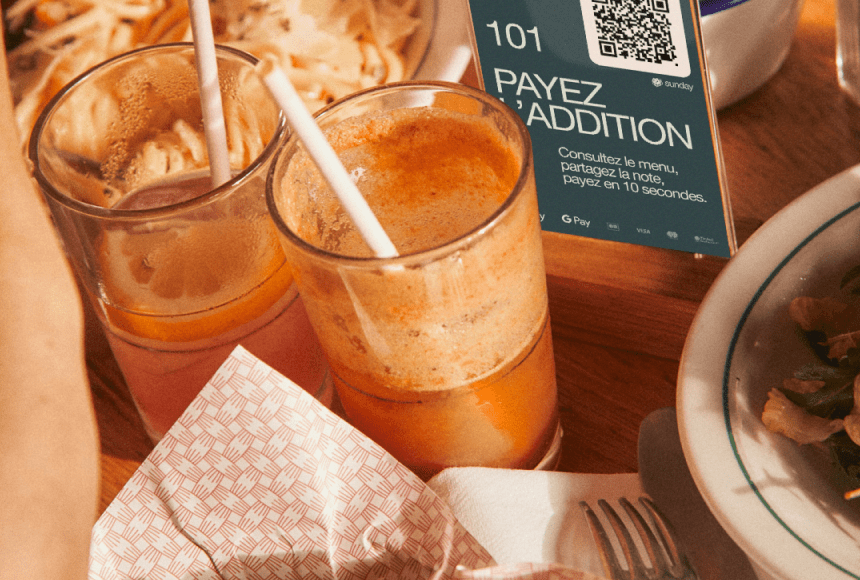
Discover Why a Seamless Checkout Experience Still Reigns Supreme in 2025
Welcome to the Future of Restaurant Payments
If you run a restaurant in the United States, you’ve likely seen a tech boom transform multiple front-of-house processes over the last few years. From tableside tablets to cloud-based reservation systems, innovation has taken hold of practically every area of operations. Yet, one element—the checkout—still causes friction, whether it’s the server waiting by a sluggish payment terminal or the long line of patrons impatiently tapping their feet. While some may assume these issues will be solved by 2025, the truth is that few restaurant owners realize how mission-critical it is to streamline the payment experience today. With evolving customer expectations, rising labor costs, and new technologies like QR code payments, it’s crucial to ensure your checkout isn’t lagging behind.
Below, you’ll find insights and practical tips to help you craft a fast, seamless checkout process that will continue to matter well into 2025 and beyond. This journey isn’t just about adopting the flashiest new device. It’s about reducing friction, increasing diner satisfaction, and fostering customer loyalty in a rapidly changing environment.
Why Checkout Speed and Convenience Still Matter
Quick question: how often have you seen a perfectly satisfied table turn impatient once they ask for the check, and it doesn’t arrive swiftly? That final exchange tends to define how guests remember their entire meal. A process that drags on can overshadow an otherwise fantastic dining experience.
- Patience is wearing thin: According to a recent study from the National Restaurant Association, a majority of customers expect to pay in less than five minutes once they request the bill.
- Customers crave autonomy: Diners today prefer having the power to pay when they’re ready—no waiting, no flags, no searching for a server. A frictionless payment process offers guests the independence they’ve come to expect in a digital-first world.
- Customer experience is king: Even the smallest glitch at checkout—like card-swiping issues or server delays—can sour an otherwise pleasant visit.
Streamlining the checkout, therefore, isn’t just about a momentary transaction. It’s about consistently providing the quality, efficiency, and convenience diners remember—and talk about online. If you want your restaurant’s brand to shine, you must address every phase of the experience, especially that last step where your guests reward your service by paying.
The Hidden Costs of an Inefficient Checkout
Think about the most precious resources in your restaurant: time and labor. Every minute your staff spends dealing with outdated payment setups, waiting in line at the payment terminal, or troubleshooting connectivity is a minute they aren’t turning tables or creating a more personalized experience for your guests. An inefficient checkout process doesn’t simply annoy customers—it can create a ripple effect on the overall flow of your entire establishment.
- Longer turnover times: If the payment process drags on, you can’t seat new tables as quickly, leading to fewer covers during a busy shift.
- Labor inefficiency: Servers spend additional time running back and forth, swiping cards, printing receipts, and manually inputting tip amounts.
- Lost repeat business: Customers turned off by a sluggish checkout are less likely to return, and unhappy guests seldom leave positive feedback online.
- Potential for errors: Manual entry errors, lost checks, or missing tip lines can lead to customer disputes and lost revenue.
These hidden costs can stack up, draining your bottom line without you ever noticing. So how do you tackle these hurdles head-on and ensure your payment flow is truly future-ready?
Essential Strategies for Modernizing Restaurant Payments
Picture a busy Saturday night with a full-house service. When the final dessert is plated, your guests can’t stop talking about how fantastic the food and ambiance are. Now imagine if they have to wait another 15 minutes just to hand over their credit card. The aftertaste of that inconvenience lingers. That’s why upgrading your payment approach is essential. Consider the following strategies:
1. Embrace Contactless and QR Code Payments
Smartphones have become personal hubs for everything—communication, online shopping, social media, and more. It makes sense that customers also want to pay with a few taps on their phone. QR code payments fit seamlessly into that preference while reducing physical contact. A solution like sunday—where diners simply scan a QR code at the table to view and pay their check—allows them to check out at their own pace, tip, and even post a Google review if they choose. This level of autonomy means fewer trips to the table for your servers and a speedier turnaround for your dining room.
2. Combine Transparency with Speed
Clear itemized checks on a digital interface not only boost trust among guests but also save you time. Nobody likes deciphering an illegible or cryptic receipt. Offering a transparent breakdown of charges reduces misunderstandings and keeps the line moving.
Modern POS systems and payment terminals display itemized lists automatically. With a QR-based checkout, diners can view each item the moment they scan. Does it match what they ordered? Perfect. They can pay right away. If not, it’s a quick fix with the server. That transparency is key to building trust.
3. Seamless Tipping Options
Restaurant tipping can be a delicate topic, influenced by service quality, regional expectations, and personal generosity. By presenting preset tip amounts through a digital interface, you remove that awkward hesitation. Guests are guided through the tipping process quickly and fairly, and servers benefit from consistent tip amounts. A streamlined tipping flow encourages generosity while simplifying life for both the guest and the staff.
4. Train Your Team Thoroughly
You can implement all the high-tech payment solutions in the world, but they won’t matter if your team can’t comfortably guide customers through them. Hands-on training about digital payment flows, mobile payment terminals, or QR code scanning is key. Dedicate team meetings to practice the new steps, role-play with actual devices, and show servers how to troubleshoot minor tech issues. That confidence will show when they’re assisting real guests.
Going Beyond Payment: Enhancing Customer Engagement
Let’s momentarily step into your guests’ shoes. They’ve just paid through a simple QR code scan. The transaction took seconds. Now they’re prompted with a polite option to leave a tip, which they do. They’re also invited to share a Google review. If the service was excellent, they click the link and post a genuine, glowing review about your restaurant—right then and there, while the positive vibes are fresh.
This is where the checkout process transitions from a simple transaction to a marketing and loyalty-building opportunity. By integrating review prompts and feedback forms, you capture immediate insights and amplify your online reputation. Think about it: a single positive review can influence countless future bookings, adding a slice of long-term value to each seamless checkout.
Case Study: Olivia’s Urban Bistro
To illustrate the impact, let’s walk through a real-life example. Olivia’s Urban Bistro is a mid-sized, fast-casual concept in Austin, Texas. Their clientele consists of busy professionals who pop in for lunch and couples who want a laid-back dinner spot. Before upgrading to a streamlined payment solution, here’s what they faced:
- Slow checkout times during the lunch rush, causing many customers to rush through payment or skip dessert to make it back to work.
- Frequent receipt mix-ups and manual errors at the stationary payment terminal, leading to frustrated customers and lost tips.
- Limited interaction between guests and staff once the check arrived, potentially dampening the last impression.
After implementing a combination of a modern POS system and QR code payment technology (they even integrated sunday for a pilot program), their flow changed almost overnight:
- Reduced wait times: Most guests now pay within two minutes of scanning the code.
- Higher tip percentages: According to internal metrics, tips rose by 15% on average since customers were prompted to tip with clear preset amounts.
- More efficient staff allocation: Servers now spend less time fumbling with receipts and more time taking care of guests’ needs, resulting in a noticeable improvement in customer satisfaction ratings.
- Immediate feedback: Patrons are invited to post a review right after payment. Positive Google reviews for Olivia’s Urban Bistro increased by 35% in six months.
The experience of Olivia’s Urban Bistro shows that the checkout process isn’t “just a small piece” of the puzzle. It has the power to affect daily operations, brand image, and even long-term growth.
Innovation vs. Tradition: Striking the Right Balance
When you consider upgrading, you might worry that adopting new technology could alienate certain demographics more comfortable with traditional processes. Yet, numerous modern payment solutions still respect old-school preferences. You can offer both a digital option and a card-insert payment terminal. The key is to let your customers choose the method that feels most convenient to them.
Strike a balance by:
- Providing multiple payment channels: From QR to tap-and-go, from chip insert to digital wallets like Apple Pay or Google Pay, variety is your friend.
- Explaining each option: Train your staff to kindly offer available payment methods—no assumptions. Some loyal regulars might prefer a “tried-and-true” card swipe, while others will jump at the chance to scan a QR code.
- Listening to feedback: If a segment of your clientele finds the digital approach confusing, adapt. Offer signage or brief instructions at the table to bridge the gap.
A Glimpse into 2025: Where Is This All Headed?
Technologies may evolve rapidly, but the desire for a frictionless and responsive dining experience remains consistent. By 2025, digital wallets, biometrics, and voice-activated systems could be more commonplace. Even with these advancements, the fundamentals don’t change: people want simplicity, speed, and transparency, especially at checkout.
Expect even tighter integration between a restaurant’s management system and the payment platform. You might see:
- Personalized loyalty programs: A returning customer might automatically see reward points or exclusive offerings on their phone once they check in.
- Smart device interactions: Tables could feature voice-activated assistants that let guests request the check verbally, pay digitally, and even leave a review on the spot.
- Seamless cross-platform experiences: Reservations, delivery, and in-person dining might merge into a unified database, so you always know your returning guest’s preferences and can validate their identity instantly.
The range of possibilities is huge, but the essential ingredient remains: a checkout experience that respects the customer’s time, intelligence, and preference.
Metrics and Measures of Success
How can you know for sure if your new checkout approach is working? Before making changes, establish benchmarks. Track these metrics both before and after implementing improvements:
- Average checkout time: How long does it take from guests requesting the bill until payment is completed?
- Turnover rate: How many guests can you serve per shift, or per day, after reducing wait times?
- Tip percentage: Does your team receive higher tips with user-friendly tipping options integrated into the payment flow?
- Customer satisfaction scores: Are your online ratings improving on sites like Google, Yelp, or TripAdvisor?
- Number of reviews: Have you seen an uptick in the volume of reviews posted post-checkout?
Tracking clear, numbers-backed indicators keeps you honest about whether the new system aligns with your operational goals. Don’t forget to gather direct feedback from staff as well. They’re the ones navigating the system daily and can provide insights you might not catch on the back end.
And Now, Over to You
An efficient, user-friendly checkout process is more than a “nice-to-have” feature. It plays a starring role in your restaurant’s brand image, staff productivity, and bottom line. As more diners embrace contactless and digital payments, being ahead of the curve won’t just distinguish your restaurant in 2025—it will ensure you’re the place where guests feel valued, catered to, and excited to return.
When you upgrade your payment solutions—whether it’s introducing QR code payments, ensuring transparent itemized receipts, or offering a quick feedback prompt—you’re making an investment in your customers’ comfort and satisfaction. At the same time, you’re giving your staff the tools to be more effective and engaged.
The era of endless waiting for the check is becoming a relic. More than ever, guests want a painless, seamless, and—in many cases—joyful checkout experience. That’s why it still matters, and why focusing on this part of your operation will continue to bring dividends well past 2025.
By staying attuned to emerging payment technologies and making small but impactful changes, you can stand out in a competitive market. You’ll be known for your top-tier service, and every table that walks away with a smile represents an opportunity for positive word-of-mouth, higher tips for your staff, and a glowing review proclaiming you as the best dining spot in town. If that isn’t reason enough to prioritize a streamlined checkout, what is?
Find out more today
Drop us your details below and we’ll reach out within the next 24h
Get the full, detailed picture.
sunday elevates your business with insightful data, instant feedback and precise analytics.




